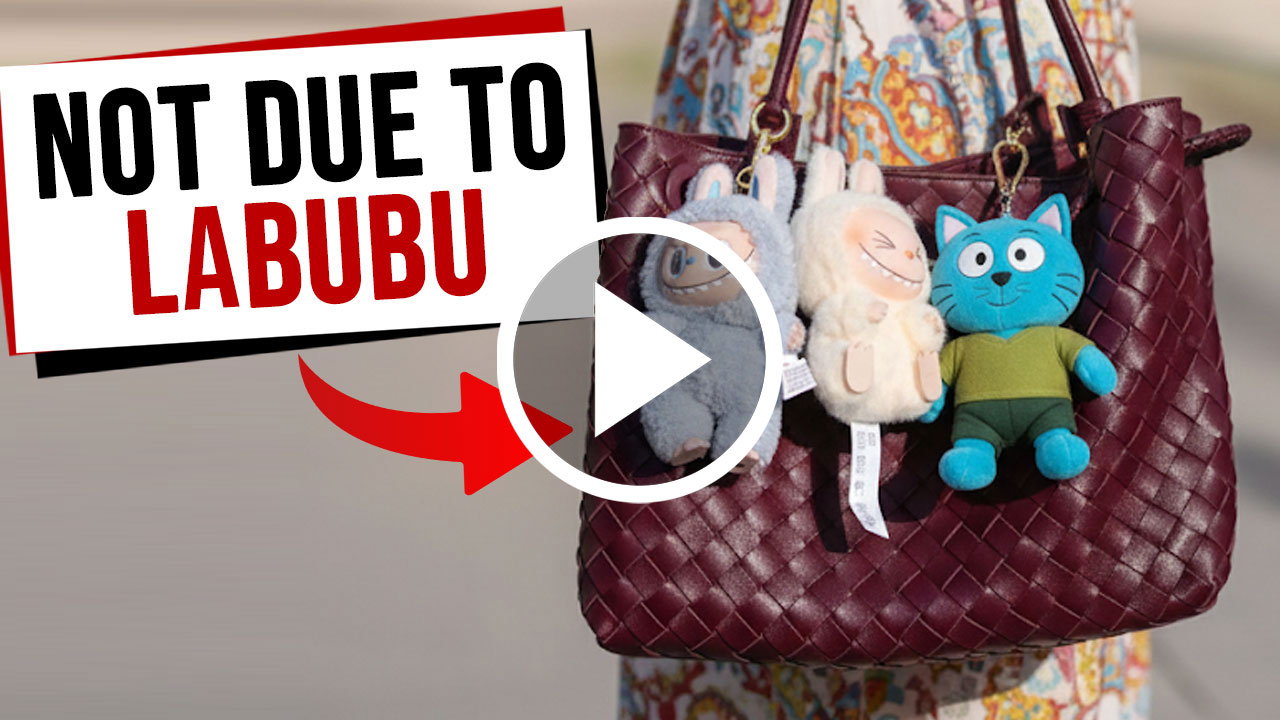Phase two has been around for a bit and I’m sure some of us have taken to going out with friends again.
Safely, and in groups of five at most, of course.
Maybe you’ve even thought of going to sing a bit at a karaoke box?

Too bad. Karaoke areas still aren’t open yet.
But even if they’ve reopened, it’s understandable to be concerned about going to such a place.
But what if I told you talking and singing doesn’t transmit COVID-19 differently?
Voicing Out Statistics
Well, according to British scientists, at least.
Last week, the British government changed its guidance to allow professionals and non-professionals to resume singing rehearsals and performance.

This is also inclusive of other social distancing measures and rules.
Scientists conducted experiments on 25 singers who did singing, talking and coughing exercises.
The number of aerosols and droplets were then calculated from these singers.
And the results?

Turns out that if you speak and sing at the same volume, the number of aerosols produced were pretty much the same. This held true even with different genres of music.
“Ok, good la! Now can go to K and scream as loud as I want.”
This would be true if there wasn’t an extra factor in this.
Volume Matters
Have you ever watched an argument where one or both parties might scream a lot? You ever seen the amount of saliva just flying all over the place?
It’s pretty similar here.
On 20 August, the scientists mentioned that volume was the ‘most important risk factor’ for transmission through singing.
They found that aerosol produced rose steeply with an increase in the volume of singing or speaking.
And we mean that by 20 or 30 times.

That feeling when your tone-deaf screaming friend may actually be harmful to your health.
Jonathan Reid, director of the ESPRC Centre for Doctoral Training in Aerosol Science, has confirmed that the risk factor for both singing and speaking are the same.
“Our research has provided a rigorous scientific basis for Covid-19 recommendations for arts venues to operate safely for both the performers and audience by ensuring that spaces are appropriately ventilated to reduce the risk of airborne transmission.”
Currently, in phase two, some areas that have reopened include restaurants, cinemas and museums.
Bars, nightclubs and karaoke chains need to wait until phase three to reopen.
As of last month, around 45 of such outlets and chains have permanently closed.
Until karaoke’s reopen, better take this time to practice voice-control.




